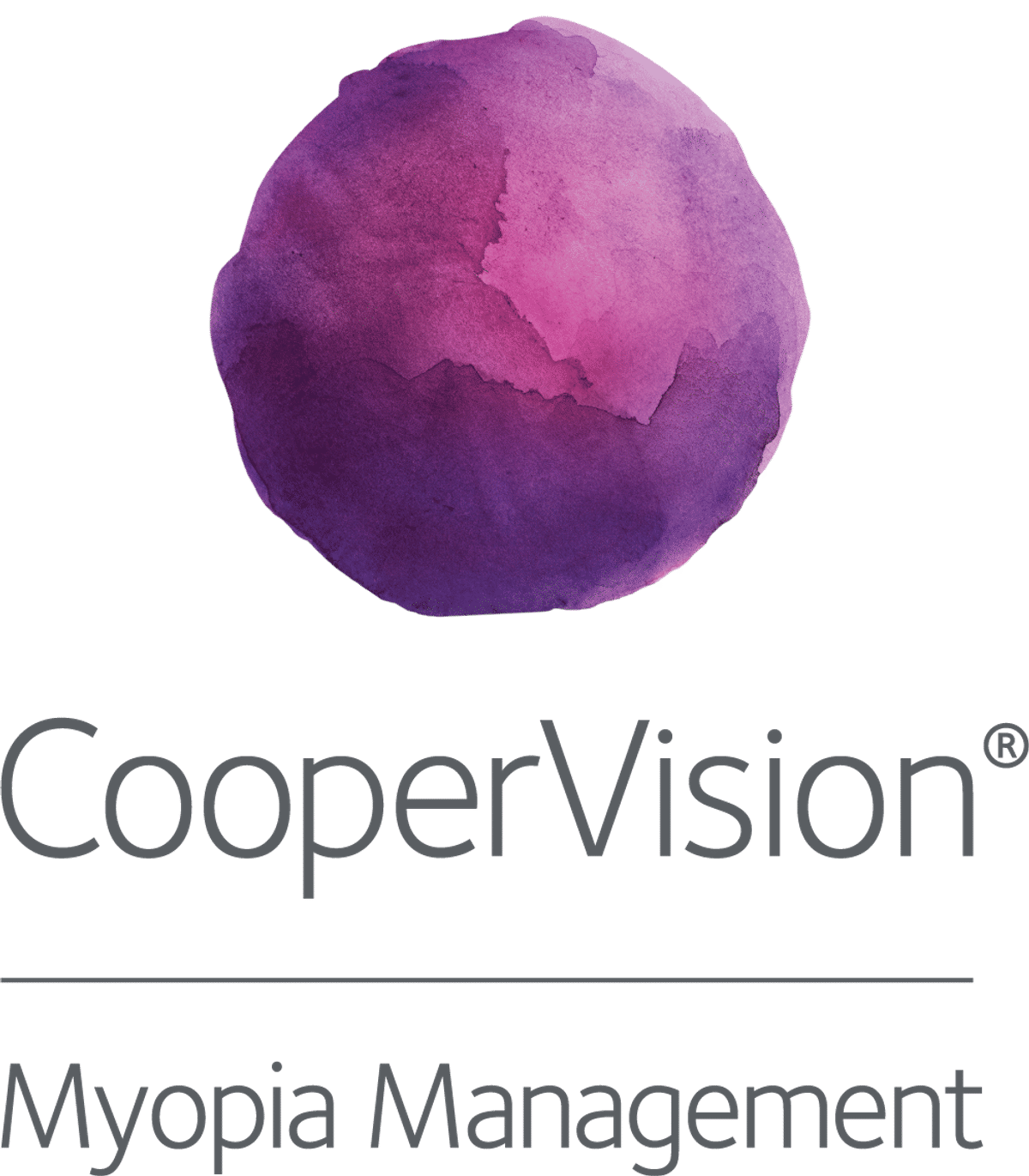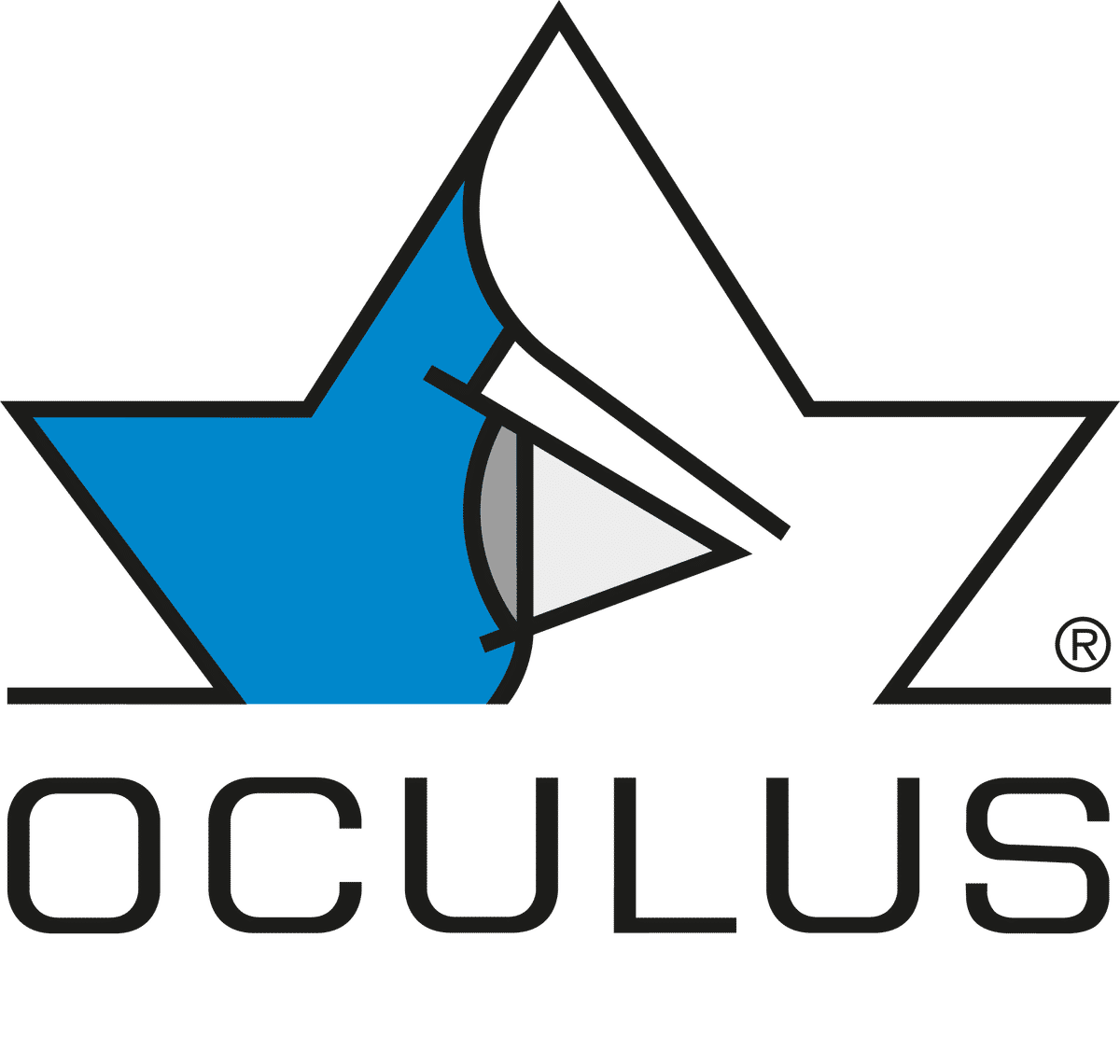Science
How ortho-k and DIMS lenses compare for slowing myopia progression

In this article:
This study found that orthokeratology (OK) contact lenses and defocus incorporated multiple segments (DIMS) spectacle lenses provide comparable myopia control, significantly slowing spherical equivalent refraction progression and axial length elongation, with DIMS lenses showing superior axial length control in children with moderate astigmatism.
Paper title: Comparison of myopic control between orthokeratology contact lenses and defocus incorporated multiple segments spectacle lenses
Authors: Lee, CY (1,2,3); Yang, SF (1,4); Chang, YL (5); Huang, JY (4); Lian, IB (6); Chang, CK (2,7)
- Institute of Medicine, Chung Shan Medical University, Taichung, Taiwan.
- Nobel Eye Institute, Taipei, Taiwan.
- Department of Ophthalmology, Jen-Ai Hospital Dali Branch, Taichung, Taiwan.
- Department of Medical Research, Chung Shan Medical University Hospital, Taichung, Taiwan.
- Department of Medical Education, Cathay General Hospital, Taipei, Taiwan.
- Institute of Statistical and Information Science, National Changhua University of Education, Taiwan.
- Department of Optometry, Da-Yeh University, Chunghua, Taiwan.
Date: Published online May 19, 2024
Reference: Lee C-Y, Yang S-F, Chang Y-L, Huang J-Y, Lian I-B, Chang C-K. Comparison of myopic control between orthokeratology contact lenses and defocus incorporated multiple segments spectacle lenses. Int J Med Sci. 2024 May 19;21(7):1329-1336. doi: 10.7150/ijms.93643. eCollection 2024.
Summary
Orthokeratology (OK) contact lenses and defocus incorporated multiple segments (DIMS) spectacle lenses both offer advantages beyond myopia control. OK lenses provide independence from spectacles or contact lenses during waking hours, while DIMS lenses offer an effective alternative for those who prefer a spectacle-based approach. However, there are a limited studies directly comparing their effectiveness in controlling myopia progression.
This retrospective cohort study aimed to evaluate and compare the myopic control efficiency of OK and DIMS lenses in myopic children.
Data was accessed from records of 134 patients (mean age 9.87yrs, with myopia up to -5D) previously fit with either OK (n = 54 eyes, 27 individuals) or DIMS lenses (n = 38 eyes, 19 individuals) across several branches of The Nobel Eye Institute, Taiwan. A group wearing single vision spectacles acted as control group data (n = 42 eyes, 21 individuals).
The primary outcomes measured were changes in spherical equivalent refraction (SER) and axial length (AL) and were measured at regular intervals up to 12mths.
The key findings were as follows:
- Both OK and DIMS reduced SER (85.97 and 62.50%, respectively) and AL progression (54.39 and 56.25%, respectively) compared to single vision control spectacles. The change in SER in the OK group was by a clinically non-significant amount.
- For children with moderate astigmatism, DIMS lenses demonstrated better AL reduction than OK lenses.
- There were no significant differences between OK and DIMS for the other subgroups of moderate myopia, high axial length and older age.
What does this mean for my practice?
This study confirmed that both OK and DIMS lenses are effective in controlling myopia progression and axial elongation compared to single vison spectacles.
The comparable reductions in axial elongation and myopia progression between the two treatments allows eyecare practitioner the flexibility to make recommendations to patients according to their preferences. While OK lenses may suit children who prefer clear vision without glasses or contact lenses during the day, especially for sport, swimming or who feel more comfortable without spectacles, DIMS lenses offer an easily adaptable, spectacle-based approach, especially beneficial for younger children who may not feel ready to try contact lenses. Read more about the benefits and safety of contact lenses for children here.
Children with moderate astigmatism were identified as an important subgroup, who may benefit more from DIMS lenses in terms of axial length control. Ortho-k is limited as to the astigmatic correction possible and if full correction is not achieved, there is a risk of progression from reduced myopia control efficacy.
What do we still need to learn?
Although this study provides valuable insights, it also highlights areas that warrant further investigation.
The findings may not be fully generalizable to all myopic children, particularly those with high myopia or younger patients at greater risk of progression. Although mean baseline values were stated for age, myopia and astigmatism, the study did not state the range for each at baseline, only that inclusion criteria was for myopia no worse than -5.00D and astigmatism no worse than -2.50D.
The study also lacked long-term follow-up, leaving uncertainty whether the observed benefits of OK and DIMS lenses persist over multiple years, or if rebound effects occur upon discontinuation. The patients in this study were recruited from across several sites, meaning there may be inconsistencies in clinical management and decisions.
Additionally, while DIMS lenses appeared to offer more axial length control in children with moderate astigmatism, further investigation is required to confirm this effect and determine its clinical significance.
Future large-scale studies could focus on longer-term outcomes, outcomes for high myopia, optimal discontinuation strategies, and whether combining OK and DIMS lenses could enhance myopia control.
Abstract
Title: Comparison of myopic control between orthokeratology contact lenses and defocus incorporated multiple segments spectacle lenses
Purpose: The purpose of this study was to compare the differences in myopic control effects between orthokeratology (OK) contact lenses and defocus incorporated multiple segments (DIMS) spectacle lenses
Methods: A retrospective cohort study was conducted that included patients who had received OK lens, DIMS spectacle lens or single-vision spectacle treatments. A total of 54 eyes from 27 individuals, 38 eyes from 19 individuals and 42 eyes from 21 individuals were enrolled into the OK lens, DIMS and control groups, respectively. The primary outcomes were the changes in the spherical equivalent refraction (SER) and axial length (AXL) among the groups. A repeated-measure ANCOVA was adopted to calculate the SER progression and AXL elongation of the OK lens group compared with the DIMS group
Results: The difference in the SER progression was clinically non-significant in the OK lens group compared with the DIMS and control groups (P = 0.001). The total AXL elongation results were similar between the OK lens and DIMS groups, but these were lower than in the control group (P = 0.005). The repeated-measure ANCOVA revealed that the SER progression difference during the study interval was clinically non-significant in the OK lens group when compared with the DIMS group (P = 0.028). The AXL elongation results between the OK lens and DIMS populations did not illustrate a significant difference (P = 0.607). In a subgroup analysis of moderate astigmatism, better AXL control was observed in the DIMS subgroup compared with the OK lens subgroup (P = 0.016).
Conclusions: The OK lens demonstrated a clinically non-significant effect on the SER and AXL controls compared with the DIMS spectacle lens.
Meet the Authors:
About Ailsa Lane
Ailsa Lane is a contact lens optician based in Kent, England. She is currently completing her Advanced Diploma In Contact Lens Practice with Honours, which has ignited her interest and skills in understanding scientific research and finding its translations to clinical practice.
Read Ailsa's work in the SCIENCE domain of MyopiaProfile.com.
Enormous thanks to our visionary sponsors
Myopia Profile’s growth into a world leading platform has been made possible through the support of our visionary sponsors, who share our mission to improve children’s vision care worldwide. Click on their logos to learn about how these companies are innovating and developing resources with us to support you in managing your patients with myopia.












